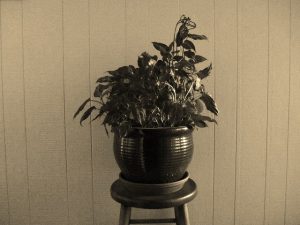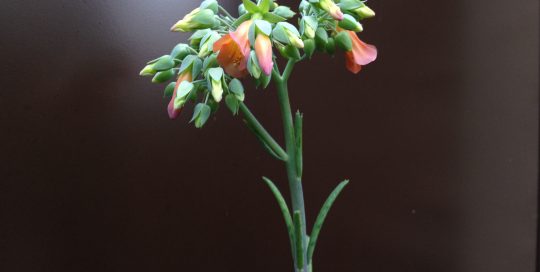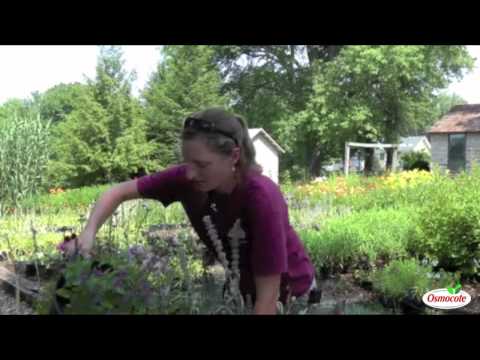A Few Words on Houseplants
Views: 3701

I have packed my house to the gills with houseplants, perhaps too many, but I can’t bring myself to reduce any of them to compost.
I still have my first houseplant, a Dieffenbachia (Dumb Cane) my parents bought for me when I moved into the dorms as a freshman in 1999. It’s the only plant that survived not only my college years, but also freezing temperatures during a winter move from Oregon back to Indiana in 2006.
All the rest have come to me in various other ways, mostly my inability to say no or an overwhelming sense of guilt about sending a plant to its death. I have somehow found a way to cram them all near enough a window to survive and, even though they haven’t been dusted in years and some currently have scale, they live on. My plants are a testament to the fact that, as long as you can remember to water them once a week(ish), most houseplants can stand up to an amazing amount of neglect, and therefore can be a part of everyone’s homes, no matter how green your thumb is.
Choosing Houseplants
Before you go shopping, think about the location and size of the plant. South facing windows will provide the most light and may even be too bright for certain plants. East and west-facing windows allow enough light for most plants, but north facing windows limit your options.
This of course all depends on whether any windows are blocked by trees, other buildings, or awnings. Rooms without windows can still be a candidate for a plant, but you must have at least a CFL above the plant and leave it on for 8 hours each day. Houseplants come in enough colors, shapes, and sizes to complement every room of your home. Local nurseries often carry better quality and a better selection of houseplants than big box stores, so check there first.
Make sure any container has a drainage hole and tray to catch extra water. It’s also a good idea to place a cork mat or other absorptive material under the tray to further protect surfaces.
Health Benefits
Adding plants to your home not only brings a little nature indoors, it also improves indoor air quality.
Besides converting carbon dioxide to oxygen, many plants are able to absorb toxins like benzene and formaldehyde, common indoor pollutants released from synthetic materials like carpet and paint. This not only leads to better breathing, studies have shown that people in hospitals heal faster and report less pain if there is a plant in their room, students showed increased focus when taught in classrooms with plants, and plants in office settings increase attendance rates by reducing sickness rates.
The typical recommendation to maximize these benefits is to place one plant per 100 square feet, pretty much one per room. So don’t be afraid to try some new houseplants, and don’t feel too bad if you kill one. It happens.
Meet Abbi Hayes
Abbi's Recent Posts

Kalanchoe delagoensis: Mother of Millions







